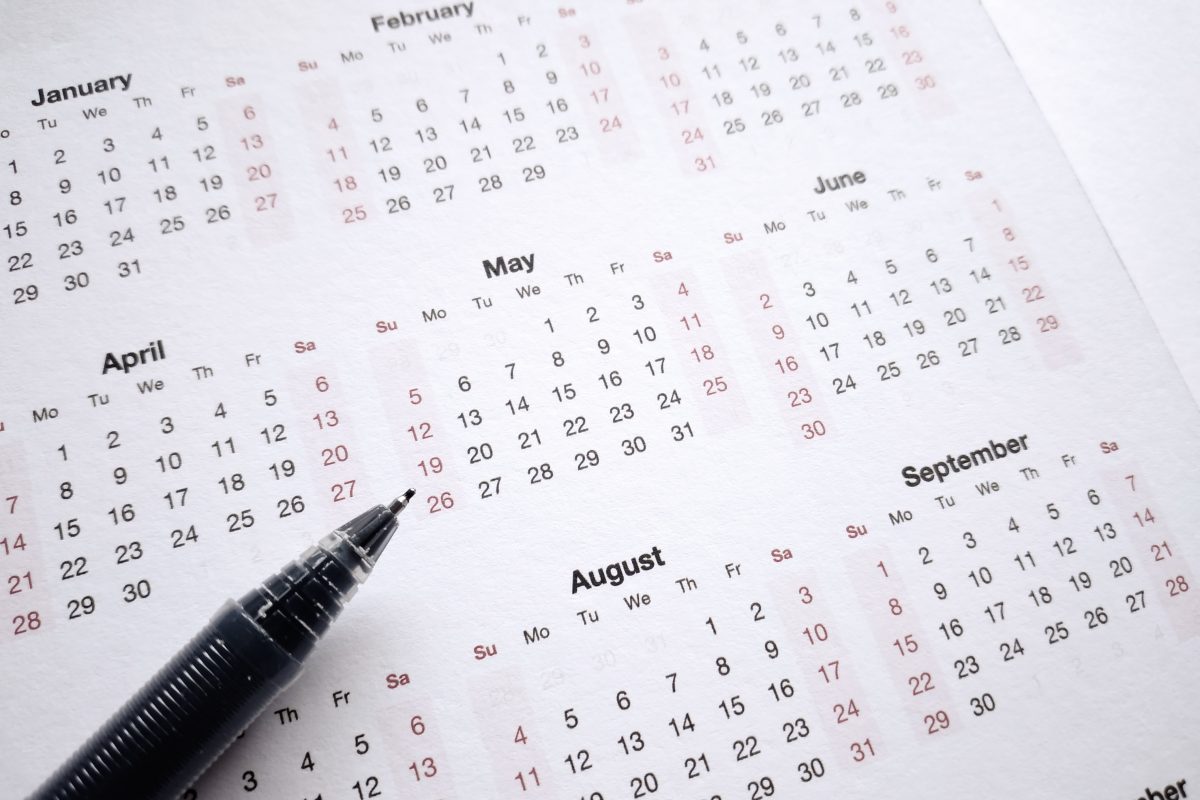The Silent Power of Seating Charts

Skift Take
Recent images from President Jimmy Carter’s funeral at the National Cathedral in Washington, D.C. drew attention to the importance of seating arrangements.
The event was the first time all 5 living presidents had been seated together publicly since 2018.
Most notable was the fact that Michelle Obama, who would have been seated in between former President Barack Obama and current President-elect Donald Trump, did not attend – and the two were placed next to each other. An image of Obama and Trump laughing went viral, and much of the world could only wonder what they were saying at that moment.
Planners have their own set of considerations when it comes to seating, especially for C-level executives and special guests. The following 7 tips can help:
- Create opportunities for people to meet.
Think of seating arrangements as a chance to introduce people. Consider what could be natural conversation starters for people who haven’t met, such as shared business interests or projects or geographical locations, and place people next to each other based on that. This will create an opening for conversation to start organically.
- Be Inclusive
A seating plan should accommodate guests with special requirements, such as wheelchairs or scooters, by seating them near the aisles. Also, consider elderly attendees with walkers, and place them near the entrances.
- Mix It Up
Consider assigning your guests to tables, but not seats, so everyone gets to choose who they sit next to. Then switch up table members at the following meals, so everyone gets to meet new people.
- Force Buyers and Sellers to Mingle
It’s not easy to separate attendees from their friends, but an event’s sponsors have paid for access to buyers and it’s the planner’s job to provide it. A couple of techniques to get the two to mingle include designating alternating seats or handing out tickets as people enter the room that will place them together.
- Strategically Position Your VIPs
Make sure VIPs and keynote speakers are seated in prominent areas where they can be easily seen and heard. Tradition dictates that the hosts, or the most important people, sit at opposite sides of the table, with the most important female guest on the host's right and the most important man on the hostess's right.
- Be Aware of Power Dynamics
If you are familiar with the personalities in the group, designate who will take his or her place as the table ‘leader’ for brainstorming sessions. Place potential key collaborators near each other.
- Consider Using Software
While the old-fashioned method of using different-colored Post-It notes still works fine, there are several software tools that can make creating seating charts easier, among them Social Tables, Prism (formerly AllSeated) and Canva. Your venue might also be able to assist you with their own software programs.
Sources: Social Tables, Houston Tents & Events





